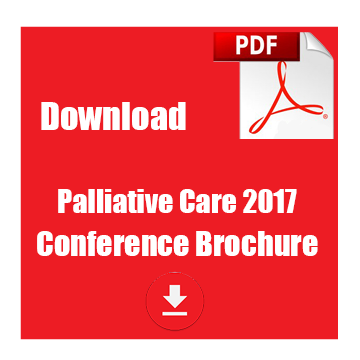
Yee Song Lee
National University Health System | Singapore
Title: Clinical and socio-demographic predictors of home hospice patients dying at home: A retrospective analysis of Hospice Care Association’s database in Singapore
Biography
Biography: Yee Song Lee
Abstract
Statement of the Problem: Hospice care can be delivered in different settings but many patients choose to receive it at home because of familiar surroundings. Despite their preferences, not every home hospice patient manages to die at home.
Objective: The objective of this study is to examine the independent factors associated with home hospice patient dying at home.
Methodology: Retrospective analysis of Hospice Care Association (HCA)’s database. HCA is the largest home hospice provider in Singapore. The study included all patients who were admitted into home hospice service from 1st Jan 2004 to 31st Dec 2013. Cox Proportional Hazards modeling with time as constant was used to study the relationship between independent variables and home death.
Result: 19,721 patients were included in the study. Females (Adjusted Risk Ratio, ARR 1.09, 95% CI 1.04–1.15), older patients (ARR 1.01, 95% CI 1.00 - 1.01), shorter duration of home hospice stay (ARR 0.88, 95% CI 0.82–0.94), fewer episodes of hospitalization (ARR 0.81, 95% CI 0.75– 0.86), living with caregivers (ARR 1.54, 95% CI 1.05–2.26), doctor (ARR 1.05, 95% CI 1.01–1.08) and nurse (ARR 1.06, 95% CI 1.04–1.08) visits were positive predictors of dying-at-home. Diagnosis of cancer (ARR 0.93, 95% CI 0.86–1.00) was a negative predictor of dying-at-home.
Conclusion and Significance: Female, older age, living with a caregiver, non-cancer diagnosis, more doctor and nurse visits, shorter duration of home hospice stays and fewer episodes of acute hospitalizations are predictive of dying-at-home for home hospice patients. End of life care brings value and hope to patients who are at the last moment of their life. The evidence provided by this study which was based in an urban and multicultural country will assist policy makers in making informed decisions and also contribute to the body of knowledge in hospice care sector.

